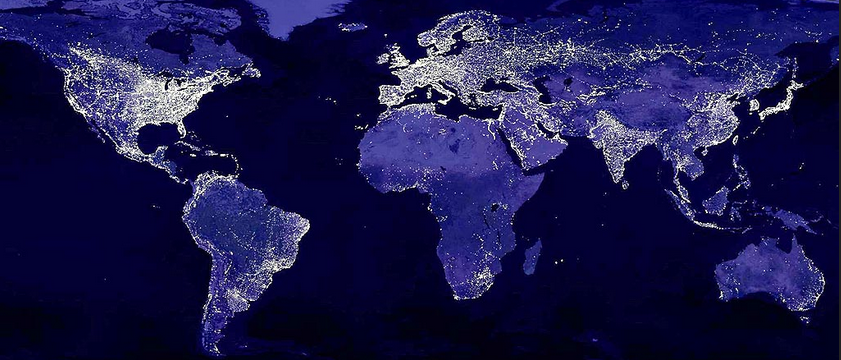
The remote and peripheral regions only house a minority of the world’s population. In general terms they can be distinguished as the dark areas in this NASA night-time view. However these regions represent the majority of the world’s landmass, and also the majority of the world’s wilderness and unexploited natural resources. Resident populations understand the key importance of transport connectivity for the vitality of their communities.
Some considerations:-
Remoter and peripheral regions should fulfil their productive potential and minimise any drains on the public purse.
Primary production and natural resource exploitation also tend to be of importance. Maintaining viable communities, populations and a skills base in these regions, and the requisite infrastructure to support them, ensures much more efficient and cost effective exploitation of natural resources is thereby achieved.
Sparsely populated areas provide room for activities that are hard to locate in more densely populated areas – military activities, nuclear energy, hydro electric schemes, wind farms, wave and tidal projects, quarrying, forestry and suchlike.
Typically remote and peripheral areas maintain and develop skills being lost elsewhere.
Remote and peripheral wilderness areas often act as carbon capture areas in the form of peat and wood accumulations.
Remote and peripheral regions provide ideal study areas for better understanding natural and climatological processes, and also provide refuges of ecological diversity.
Typically remote and peripheral areas have provided a steady supply of human talent to more metropolitan national centres.
Technological and other innovation is often possible in such regions and these innovations often then gravitate to the centre.
Remote regions are important venues for recreational, adventure, training uses and are also beautiful, deliver welcome solitude, and provide settings for inspirational and creative renewal
Government policy needs to be wisely balanced
